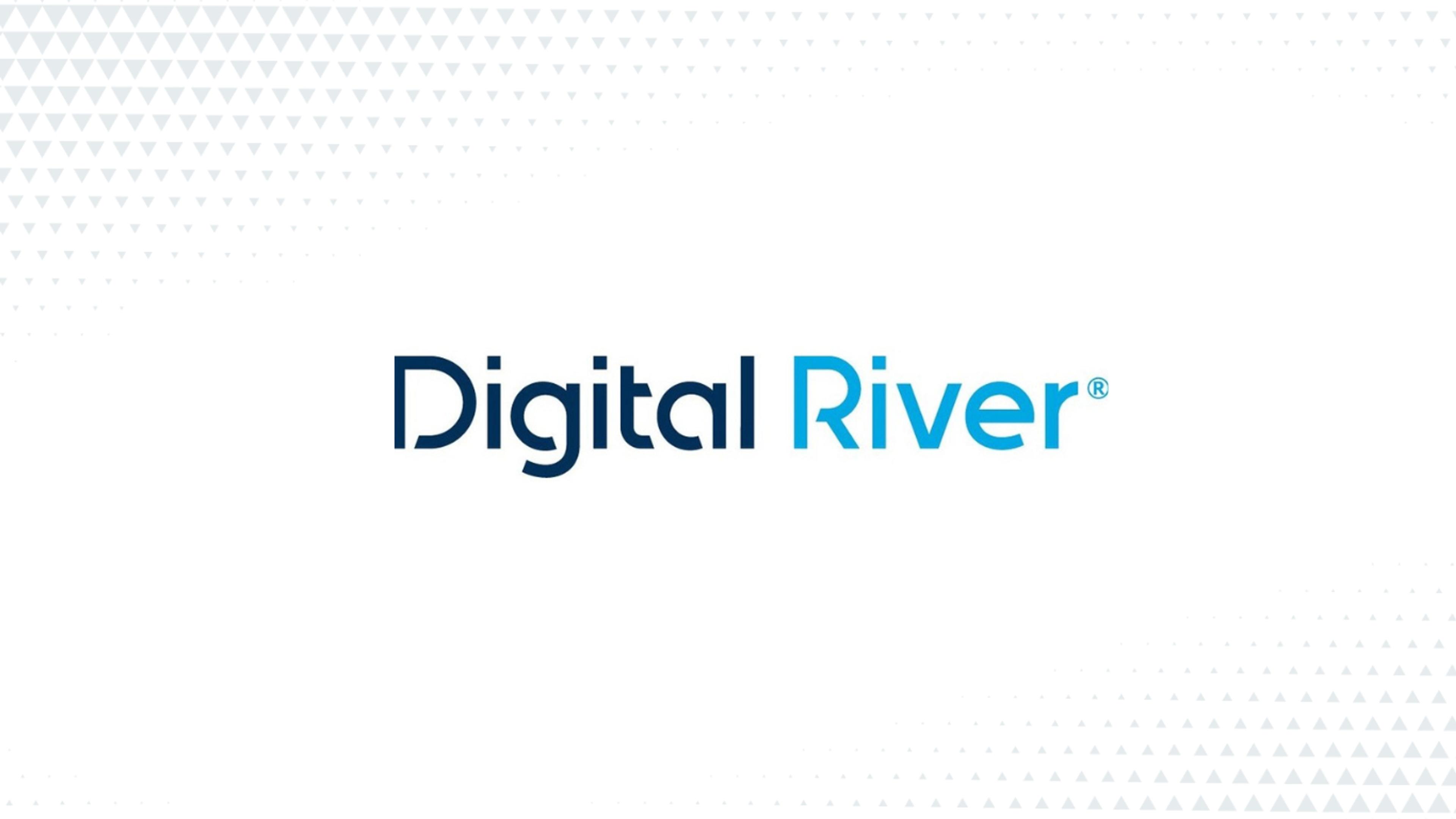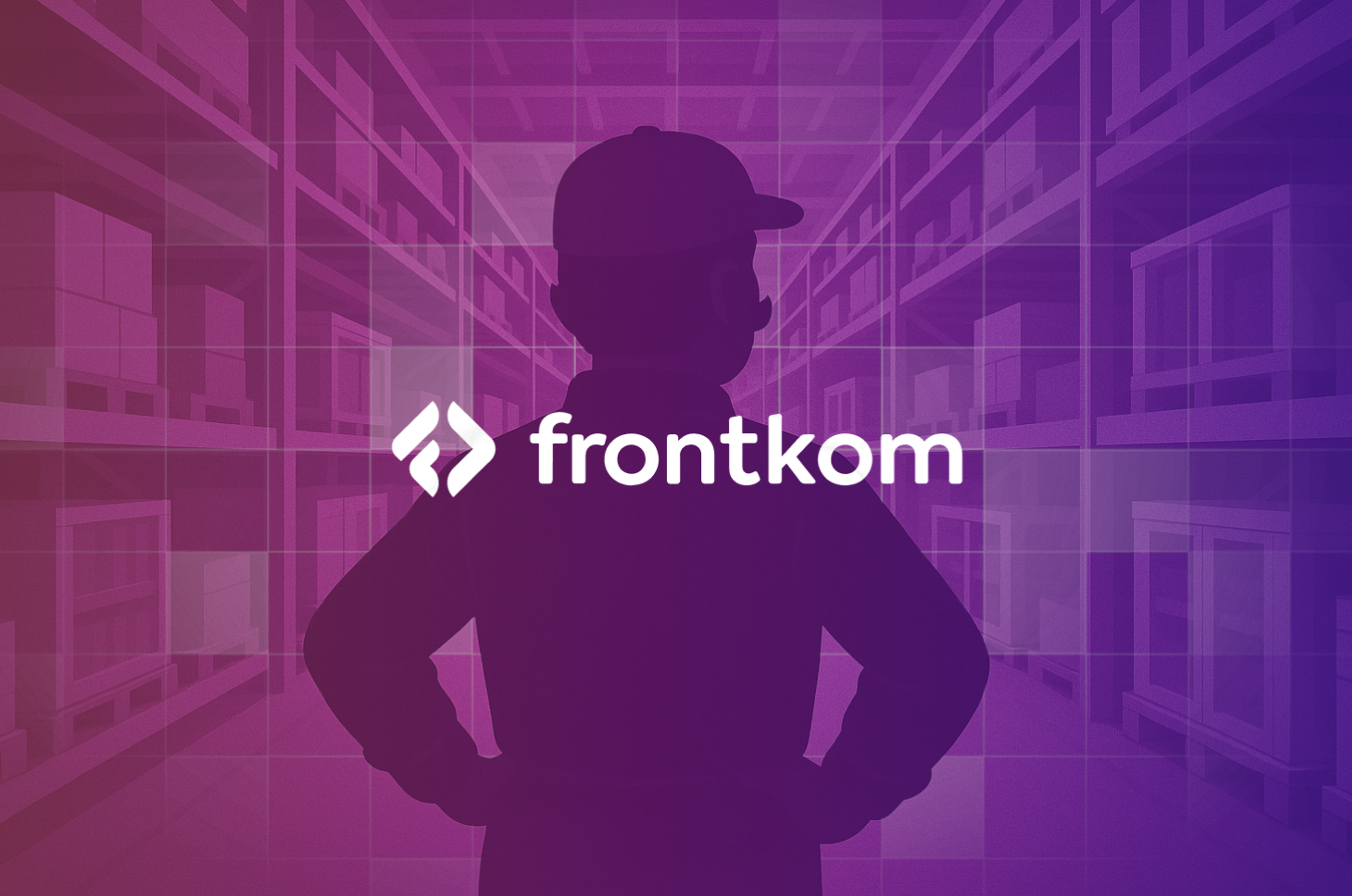We recently spoke with Digital River director of distributed data and cloud technologies Saladi Naidu about the company’s beginnings, its future, and why it decided to work with DataStax. Passionate about solving tough problems with innovative technology, Naidu describes how Digital River is changing the way companies large and small transact business online with the help of real-time data using DataStax Astra DB.
Tell us about Digital River and what sets it apart.
Digital River makes it easy for companies to sell online in 244 countries and territories, supporting local languages, currencies, taxes, and payment methods. Behind the scenes we process payments, mitigate fraud, and handle compliance, as well as manage orders, fulfillment, and returns. We are the merchant of record, assuming all financial and legal responsibility, so our technology has to be rock solid.
We are fundamentally a technology company, and we hold about 60 granted patents. We continue to innovate to help our customers manage and grow their online businesses. We rely on key infrastructure including DataStax Astra DB to underpin our innovation.
What brought you to your position at Digital River? What personally motivated you?
I was brought in eight years ago to modernize the tech stack and introduce distributed data technologies. We wanted to take advantage of the growing interest in online shopping by creating a single integrated and flexible API-based solution to be the back end to popular ecommerce engines like Adobe Commerce, commercetools, BigCommerce, and Salesforce.
Everything we do is data driven, so we looked at the technology from that perspective. To harness the power of data, there are two critical factors: availability and timeliness. Our new architecture had to be always on and infinitely scalable to provide data at the right time.
Our application and engineering teams collaborated to understand the existing architecture and challenges. Then we set to work defining the new architecture, which ultimately included DataStax Astra DB.
How does your technology stack contribute to Digital River differentiation?
Digital River started out in this business 25 years ago, so we have a tremendous reservoir of data to use for intelligent transaction routing and to inform our machine learning solutions. We’ve built the platform with APIs and microservices as a way to flatten the stack and make us nimbler when we want to bring on new applications.
At the same time, we shifted from managing our own private cloud within our data centers to using AWS so that we could scale up and down on demand. A key element of our success is in managing real-time data, and we rely on DataStax Astra DB to optimize our real-time environment.
Why is real-time data important to your customers?
Real-time availability of data makes a big difference. Fraud detection, for example, has to happen at the moment of purchase. If it delays the checkout process, the shopper may abandon. If it happens after the purchase is complete, there could be a financial impact on our customer and Digital River.
More generally, online buying experience relies on real-time data to provide shoppers with accurate information about inventory, pricing, and delivery costs. Real-time data also enables machine learning, which we are pursuing for new capabilities and services.
Legacy architectures cannot meet the performance and scalability required by real-time data processing. Data is often uploaded in batches, which makes it instantly out-of-date. As we modernized our infrastructure, we evaluated options for highly available databases that could serve customers around the world. We chose Apache Cassandra and the managed service provided by DataStax Astra DB to maximize value.
What drew you to Cassandra and DataStax Astra DB?
Cassandra is a NoSQL database, designed around a scale-out architecture. Databases easily grow with additional nodes, and performance grows linearly, which ensures fast response times. Cassandra has no single point of failure, enabling always-on availability. And it dynamically adapts to changes in data structures, giving it the flexibility we need for creating and integrating with new applications.
One of the key attributes of Cassandra is that it performs fast writes, which is critical for real-time environments that would otherwise get bogged down with volume. Cassandra also distributes data where it’s needed and supports Atomicity, Consistency, Isolation, and Durability (ACID) properties.
In the beginning, we managed open-source Cassandra but we quickly moved to DataStax Astra DB for the extra economic and operational benefits it provides.
What advantages have you gained by using DataStax Astra DB?
Cassandra requires a lot of skill to deploy and operate. Planning production deployment used to take weeks of engineering time. Now it takes minutes because of automation and optimization provided by Astra DB.
We reduced the number of nodes that we manage because we can easily scale up and down on demand. We had 200+ nodes before Astra DB but only used the full capacity 10-20% of the year. Now we spin up nodes as we need them and scale down again when traffic declines.
With Astra DB, we no longer have to spend time on security patching and upgrades, giving our engineers more time to focus on developing new applications and features. With our team focused on innovation, we are now venturing into an ML model to offer better subscription rates and billing options.
Our engineering team no longer needs to do extensive capacity planning when we bring on a new application. With Astra DB, we’re able to provision our databases quickly, slashing the former six to eight weeks down to a matter of hours. That's the kind of time to market we are seeing.
Before the holiday season, we used to spend a lot of time making sure we had upscaled our infrastructure, provisioning to meet peak volumes. But with Astra DB, our optimized infrastructure auto-scales up and down with traffic patterns, and we only pay for what we use.
Overall, we achieved a 60% reduction in total cost of ownership when we moved to Astra DB and away from self-managing. Astra DB is an overall win-win for its cost reduction, manageability, and supportability.
What advice would you give to other enterprises or developers that are trying to win with data?
Keep data at the center of your design. Use the right technology for your data. If you need real-time data, look for high performance, high availability databases. Focus your energy on your value add and take advantage of solutions and services that will support your differentiation.
When we followed these principles, we crafted a solution that is lightning fast and always on, enabled by DataStax Astra DB.
Learn more about Digital River’s Astra DB journey here.




